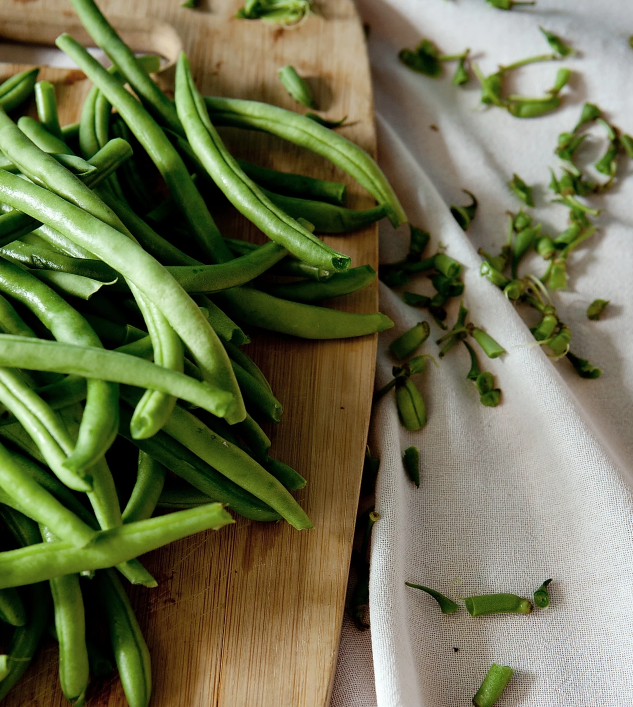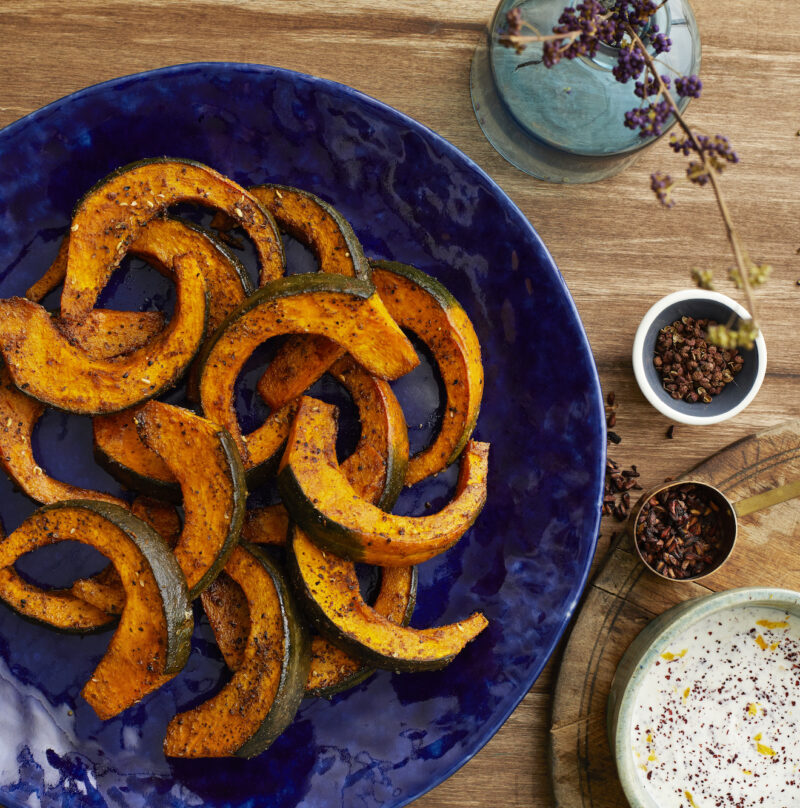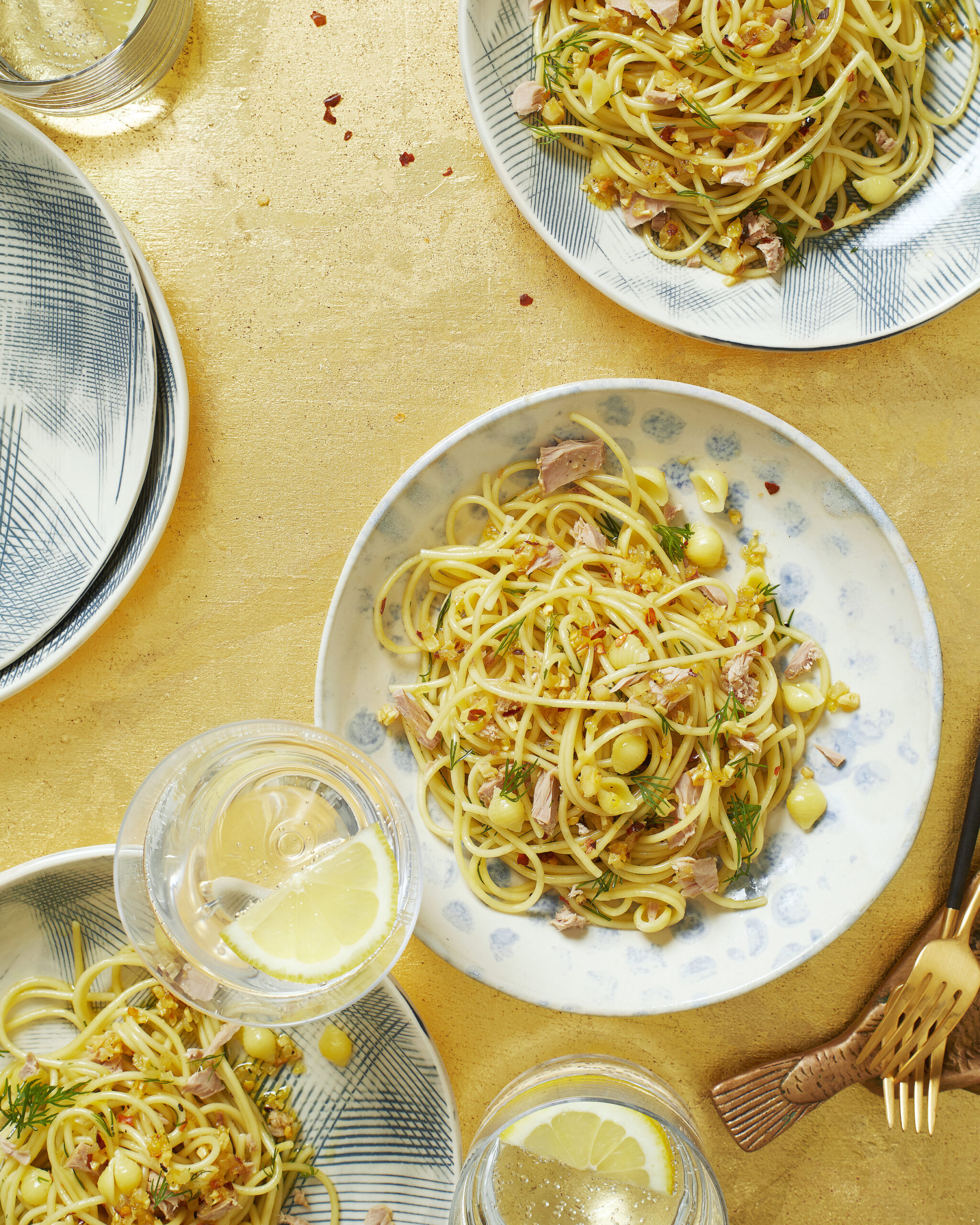Not only does eating fruit and vegetable peels save prep time, but it also adds fibre and lots of nutrition to your diet.
Here are is list of produce that we typically peel or trim that do not need it. Save time and eat the rewards.
Apples: In the case of apples, they are far more nutritious eaten with the peel than without. Their peels are loaded with Vitamin C.
Squash: Roast squash wedges in their skins for a more appealing presentation (pun intended). Plus all squash skins are edible! The toughness of squash and pumpkins skins will determine how much you actually like their taste, BUT, for instance, the skins of Kabocha, Butternut, and Pattypan all taste great. If you don’t like the taste of cooked squash skins, I bet your dog and compost bin will.
Carrots and Parsnips: Once you roast unpeeled carrots, there’s no going back—the flavour difference is revelatory. Carrot skins can be bitter if eaten raw, but slow cooked, or put in a soup or stew, there is really no need to waste your time peeling them.
All Potatoes: Skins can even benefit a recipe without actually being in the dish. For the fluffiest mashed potatoes, boil or bake potatoes with their skins on, to protect the insides from getting waterlogged and allow the potatoes to soak up more buttery goodness. Then peel after cooking if desired. I very rarely now peel potato skins. The skins add fiber and nutrients, they get crispy when roasted adding flavour, and mash and smash very well .
Green Beans: I gave up trimming green beans a decade ago. You can trim them on your plate if you need to. I only trim them now if I am making a super fancy recipe that needs them trimming or if I am using them raw and chopped in a salad.

Fruit and vegetable peels and their nutrition is so important to maintaining a healthy diet. Follow my Instagram and check out my other zero waste tips here.



